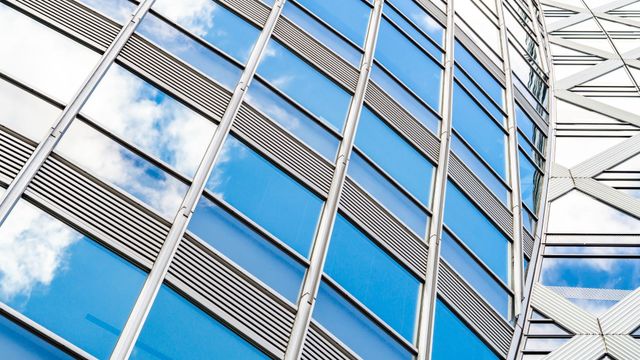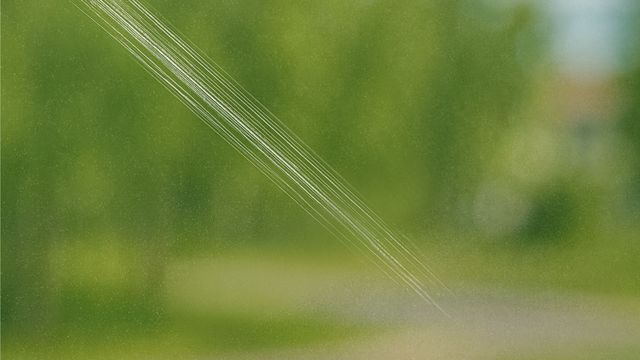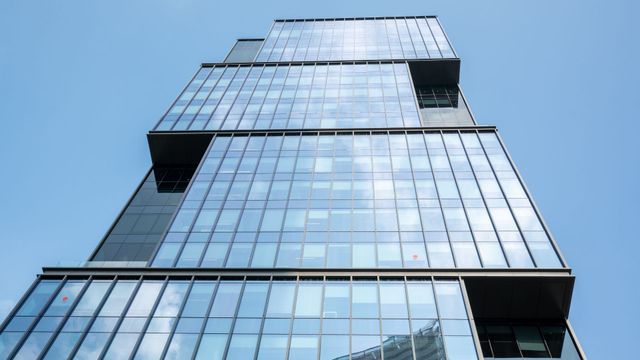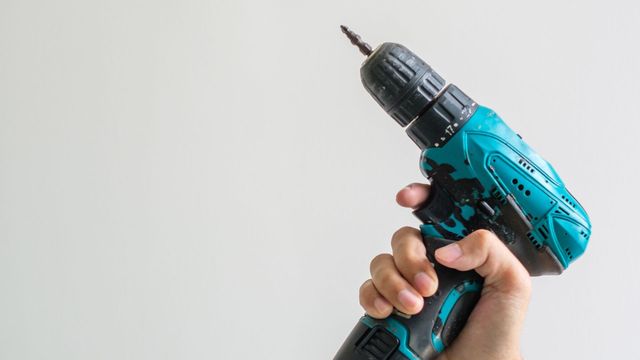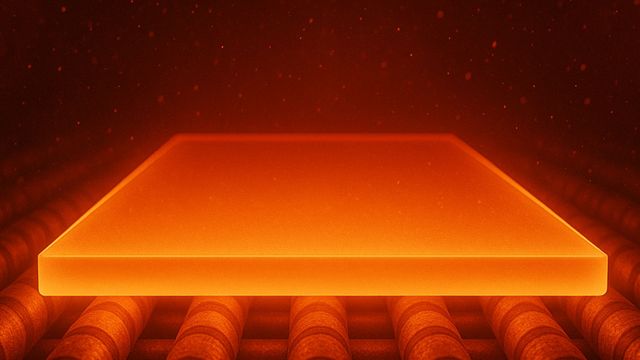Mejores prácticas y normas de construcción para barandillas de vidrio.
Share this blog:
La instalación de barandillas de cristal está estrictamente regulada. Descubra qué deben tener en cuenta los instaladores para garantizar el cumplimiento, la seguridad y las mejores prácticas.
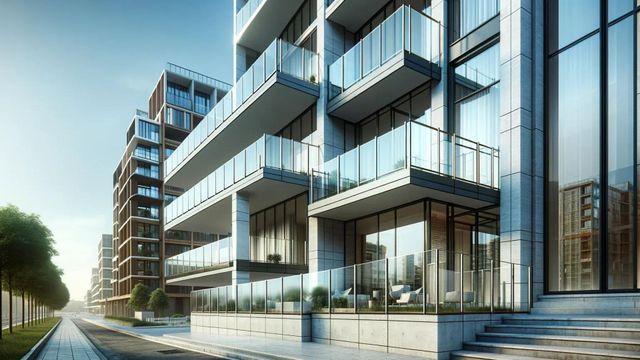
Con el paso de los años, las barandillas de vidrio se han convertido en un elemento básico del acristalamiento estructural. Pero, como todo tipo de vidrio arquitectónico, están estrictamente reguladas para garantizar la seguridad y las mejores prácticas.
Hay tres cosas que los instaladores de barandillas deben tener en cuenta:
- El tipo de vidrio utilizado
- Las fijaciones utilizadas para los paneles de relleno de vidrio.
- El peso de las cargas involucradas
Todos ellos están cubiertos por normativas oficiales de construcción y documentos aprobados.
Antes de analizar en profundidad estas normativas, es importante tener en cuenta un par de cuestiones. En primer lugar, este artículo es una guía sobre lo que se debe tener en cuenta; no constituye un asesoramiento oficial. Y, en segundo lugar, pueden aplicarse normas adicionales al instalar vidrio laminado en balcones exteriores residenciales.
Toda la documentación pertinente está disponible en línea. Este artículo tiene como único objetivo orientarle en la dirección correcta. Esperamos que le ayude a encontrar e instalar el mejor vidrio para el trabajo.
¿Estás utilizando el tipo de vidrio adecuado?
En primer lugar, el tipo correcto de materiales es de suma importancia para las instalaciones de barandillas, especialmente en espacios públicos.
El vidrio debe ser de seguridad. Si se cayera, ¿se rompería? Si es así, necesita algo más resistente. Las barandillas de vidrio deben estar hechas de vidrio templado o laminado que no provoque lesiones en caso de accidente. Esto podría deberse a un defecto en los elementos de fijación, una de las razones por las que es imprescindible contar con elementos de fijación adecuados.
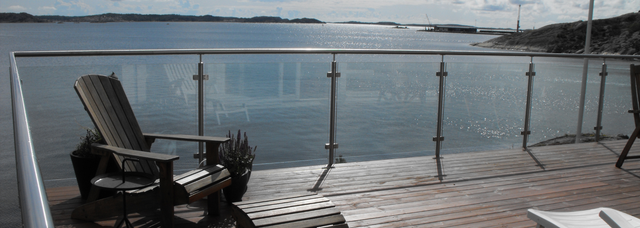
Si la barandilla no tiene marco, el vidrio debe estar laminado con vidrio templado. Las que tienen marcos circundantes tienen más opciones, pero aún así están reguladas para garantizar la seguridad.
The exact type of material you should use is covered in
Regulation 7, as well as Approved Documents parts
A1,
K2 and K4.
fijaciones
Los paneles de relleno de vidrio deben instalarse con el número correcto de fijaciones, y estas deben colocarse con precisión. Como ocurre con muchas normativas de construcción relacionadas con el vidrio, se trata de una cuestión de milímetros. Todos los detalles están disponibles en BS 6180:2011.
Cargas
Glass balustrades are protective barriers – they need to be able to withstand certain loads. These load requirements are set out in BS 6180:2011 and in the EN
Eurocodes. They cover line loads, uniformly distributed loads and concentrated loads.
También existe una normativa específica para barandillas de vidrio en zonas de paso infantil. En este caso, una esfera de 100 milímetros no debería poder pasar entre dos paneles de vidrio de la instalación.
Altura
The height of a glass balustrade is dictated by
Approved Document K. This is to make sure that the finished glazing is enough of a barrier. The measurements are based on what the balustrade will be used for and the level of traffic that's expected.
Para tomar un ejemplo de edificios residenciales privados, la balaustrada de un balcón deberá ser más alta que la de un rellano.
Los requisitos de altura para propiedades residenciales difieren de aquellos para espacios comerciales, de reunión y minoristas.
Pasamanos
When designing a glass balustrade, architects will often ask whether you want a continuous handrail. This raises the question of whether the handrail
needs to be continuous or whether it's a question of taste.
La respuesta es que no es un requisito, incluso en una instalación sin marco, siempre que se utilice una especificación de vidrio laminado templado que permanecerá en su lugar si un panel falla.
¿Cuáles son los documentos esenciales?
A continuación se muestra una lista de los documentos esenciales para la instalación de barandillas de vidrio.
- BS 6180:2011 Barreras en los edificios y sus alrededores – Código de prácticas
- BS 6262-4: Acristalamiento para edificación – Parte 4: Seguridad relacionada con el impacto humano – Código de seguridad
- BS 6262-6: Acristalamiento para la construcción – Parte 6: Código de prácticas para aplicaciones especiales.
- Documento aprobado del Reglamento de Construcción B1
- Documento aprobado del Reglamento de Construcción K
- EN 12600 Vidrio en edificación – Ensayo de péndulo. Esta norma especifica el método de ensayo de impacto para el vidrio utilizado en edificaciones.
- Eurocódigo EN 1991-1-1 Parte 1-1 Acciones generales – Densidades, peso propio y cargas impuestas
- Eurocódigo EN 1991-1-4 Parte 1-4 Acciones generales – Acciones del viento
Si no puede encontrar la respuesta en estos documentos, ¡probablemente no exista!
Why choose ToughGlaze?
At ToughGlaze, we provide top-of-the-range
glass for balustrades. Our high-end CNC machine can profile, drill and polish toughened laminated glass that's both elegant and durable.
Our mission is to be able to meet your requirements without hesitation. This mission can be seen in our design options. If your balustrade needs a logo or other design, we can make it happen with
screen printing,
digital printing or
sandblasting. You can choose from the standard RAL colour palette to create almost limitless combinations. We also offer a choice of
fabric,
mesh and
coloured glass interlayers.
Estas múltiples opciones de diseño significan que puede contar con nosotros para obtener vidrios de barandilla que cumplirán con los requisitos del cliente y se integrarán perfectamente con cualquier local.
But it's not all about looks. You also need to be confident that your materials are robust. That's why all our
balustrade glass has the Kitemark stamp of approval and is in line with BS 6180 regulations.
Somos una tienda integral para procesar, cortar y entregar materiales, y con 30 años en el negocio, sabe que podemos ofrecerle los productos.
Conclusion
El acristalamiento estructural puede mejorar prácticamente cualquier edificio, pero para garantizar la seguridad, debe cumplir con una serie de normativas. Si es instalador, debe asegurarse de estar actualizado y actualizado. La alternativa es arriesgar la seguridad de sus clientes.
You should always invest in high-quality materials – something that we at ToughGlaze provide as standard. If you're looking for balustrade glass,
get in touch. We'd love to talk you through your options.









